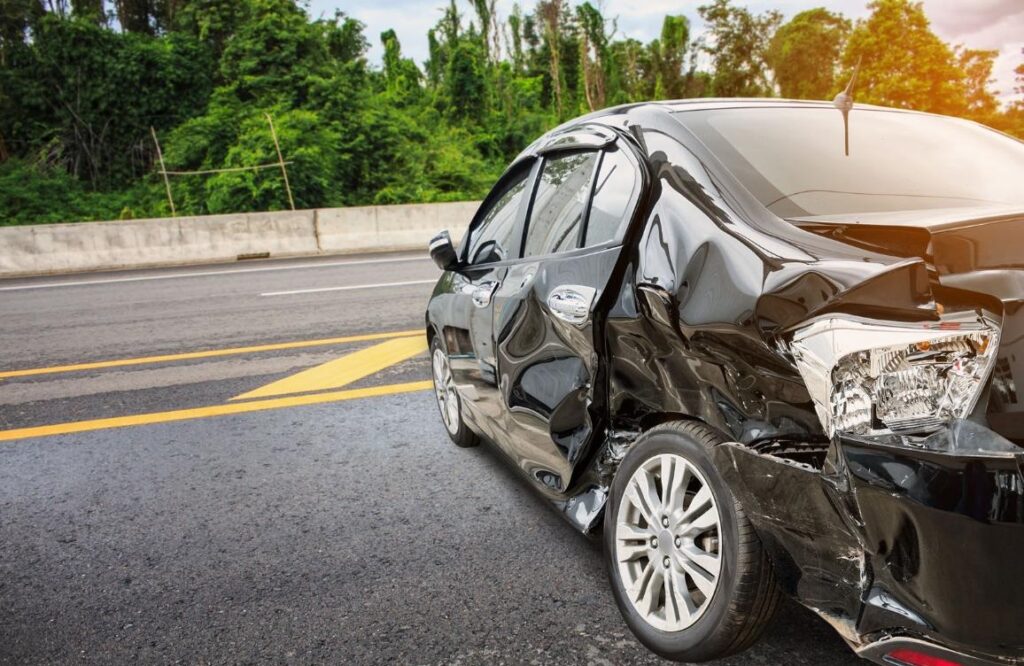Proving fault in an intersection car accident in Florida can be difficult. Intersection car accident cases involve left-hand turns, signal lights, and yielding traffic. Intersection car accident cases almost always pose liability questions. This is especially true if both vehicles were moving.
There are several reasons why intersection car accident cases are difficult. The other driver usually denies fault when being interviewed by the police or their insurance company. The police sometimes make liability decisions without a formal investigation. The laws on intersections, signals, and yielding to other traffic can be complex. Also, insurance adjusters are trained to find some element of comparative fault, to reduce the settlement.
1. Get Police Report
So, what are some things you can do to prove you’re not at fault in an intersection car accident case? First, you want to get a copy of the police report. You may be able to get a copy online at BuyCrash or LexisNexis. While the police report generally cannot be used as evidence in Florida courts, it can help with proving fault. You’ll want to look for admissions made by the other driver. Also, you’ll want to see what the other driver’s speed was listed on the police report and compare it to the posted speed limit. If the other driver was speeding, you can argue this was a contributing factor.
2. Contact Witnesses
Second, you’ll want to see if the police report listed any independent witnesses. Unfortunately, most witnesses who saw the crash are usually in their car and continue on their way. They don’t stop to give their names to the police, unless it was a major collision. If there is an independent witness listed you (or your attorney) should contact them to get a statement. This should be done as soon as possible. Witness memories tend to fade over time. The longer you wait the less likely they’ll remember specific details. In intersection car accident cases the devil is in the details.
3. Take Pictures of Property Damage
Third, you’ll want to document the property damage to your car and the other driver’s car. More often than not the location of the property damage can provide valuable incite into the specific details of the crash. Also, if it’s a major crash an accident reconstructionalist can use those photographs to recreate the crash at trial. This is a very persuasive method of proving fault in intersection car accident cases.
4. Research Florida Statutes
Fourth, you should read the Florida statutes on motor vehicles which applies to the accident. If the other driver violated a state statute he there may be a rebuttal presumption he or she is at-fault. We call this negligence per se. If the case proceeds to trial the statute will be read to the jury.
5. Revisit Accident Scene
Fifth, it’s important to re-visit the accident scene. As a car accident lawyer I make sure I do this in all my cases. By visiting the accident scene I can visualize how the accident actually happened. You’d be surprised how taking a look at the intersection again can influence your persective. I also invite the insurance adjuster or defense car accident attorney to come with me. This simple exercise has had profound effects on proving fault in intersection car accident cases.
6. Road Signs and Traffic Lights
Sixth, take pictures of all road signs, traffic lights, or any other road signs near the intersection. For example, a speed limit sign in a school zone would be important. Especially, if you believe the other driver was speeding. If the other driver stated he was going 35 mph which is the normal speed limit, but it was 15 mph at the time of the crash, you now have an argument.
7. Weather and Traffic Conditions
Seventh, determine the exact weather conditions at the time of the crash. This may be listed on the police report. Also, a simple search for the weather condition history would provide this information. You’ll want to know if weather played a factor in the crash. Was it raining, was it foggy, etc? If the other driver was driving the speed limit they still might have been going too fast for conditions. Also, you’ll want to determine what the traffic conditions were like at the time of the crash. Did the accident happen during rush hour? This information can be extracted from the police report. Look at the time of the accident. Is this a time of heavy traffic?
8. Mechanical Defects
Eighth, try to determine if a mechanical defect is cited as a possible cause of the intersection car accident. Sometimes, the police report will state that the driver attempted to put on their brakes but they weren’t able to stop. This might mean that the other driver’s brakes were bad which contributed to the crash.
These are just a few of the things that can help you prove fault in an intersection car accident case in Florida. If your case depends on your word against the other drivers’, without any objective witnesses, you should expect an uphill battle. Because of this I always recommend you hire a qualified car accident attorney.
